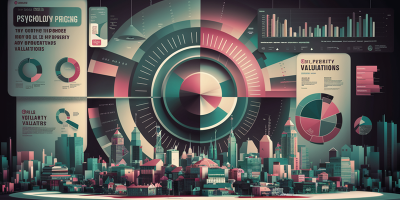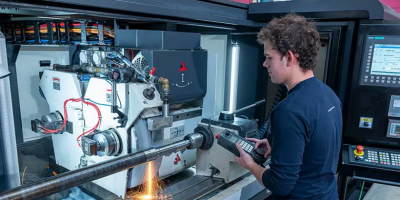As the push towards sustainable transportation gains momentum, more people in the UK are considering making the switch to electric vehicles (EVs). With the numerous benefits, from lower running costs to reduced environmental impact, the appeal is clear. However, one of the primary concerns for prospective EV owners is the availability and usability of public electric vehicle chargers. Understanding how these chargers work and how to locate them can ease the transition into EV ownership.
The Growing Network of Public EV Chargers
The UK has been actively expanding its network of public EV chargers to support the rising number of electric vehicles on the road. As of April 2024, there are over 60,000 public charging points across the country, and this number is steadily increasing. The government’s commitment to banning new petrol and diesel car sales by 2030 has accelerated efforts to enhance charging infrastructure, ensuring that EV drivers have ample access to charging facilities.
Public EV chargers are available in various locations, including supermarkets, shopping centres, car parks, service stations, and dedicated charging hubs. This widespread availability means that whether you’re running errands, at work, or travelling long distances, you’re likely to find a charging point nearby.
Understanding How Public EV Chargers Work
Public EV chargers come in different types, catering to various charging needs and vehicle specifications. The three main categories are slow, fast, and rapid chargers.
– Slow Chargers: Typically rated up to 3.6 kW, slow chargers are often found in locations where vehicles are parked for extended periods, such as residential areas or workplaces. Charging with a slow charger can take up to 12 hours, making them ideal for overnight charging. If you’ve got right circumstances, installing a home charger with Voltco would be a good way of guaranteeing access to a slow charger at night.
– Fast Chargers: Ranging from 7 kW to 22 kW, fast chargers are more commonly found in car parks and shopping centres. They can charge an EV in 3 to 7 hours, depending on the vehicle and charger specifications. These chargers are suitable for situations where you plan to leave your car for a few hours.
– Rapid Chargers: With power ratings of 43 kW and above, rapid chargers can significantly reduce charging time, taking as little as 30 minutes to charge an EV to 80% capacity. They are usually located at service stations along motorways and major roads, catering to long-distance travellers who need a quick top-up.
Using a public charger involves connecting your vehicle to the charging point with a compatible cable. Most modern EVs come with built-in navigation systems that can direct you to the nearest charging station and even provide real-time updates on availability and status.
Finding Public EV Chargers
Finding a public EV charger is easier than ever, thanks to numerous online platforms and mobile apps designed to assist EV drivers. These tools provide detailed maps, directions, and availability status of charging points, ensuring that you can plan your routes and stops efficiently.
The Future of Public EV Charging
The future of public EV charging in the UK looks promising, with continuous investments and technological advancements. The government and private sector are working together to expand the network further, enhance the reliability and speed of chargers, and integrate renewable energy sources into the grid.
One of the exciting developments is the concept of ultra-rapid chargers, which promise even faster charging times, reducing the inconvenience associated with longer charging periods. Additionally, innovations like wireless charging and vehicle-to-grid technology are on the horizon, potentially revolutionising how we perceive and utilise EV charging.
Conclusion:
Transitioning to an electric vehicle in the UK is becoming increasingly feasible and convenient, thanks to the expanding network of public EV chargers. Understanding the types of chargers, how they work, and how to locate them can help prospective EV owners make informed decisions and enjoy a seamless driving experience. As the infrastructure continues to evolve, the benefits of owning an electric vehicle will only grow, contributing to a greener, more sustainable future.













Comments